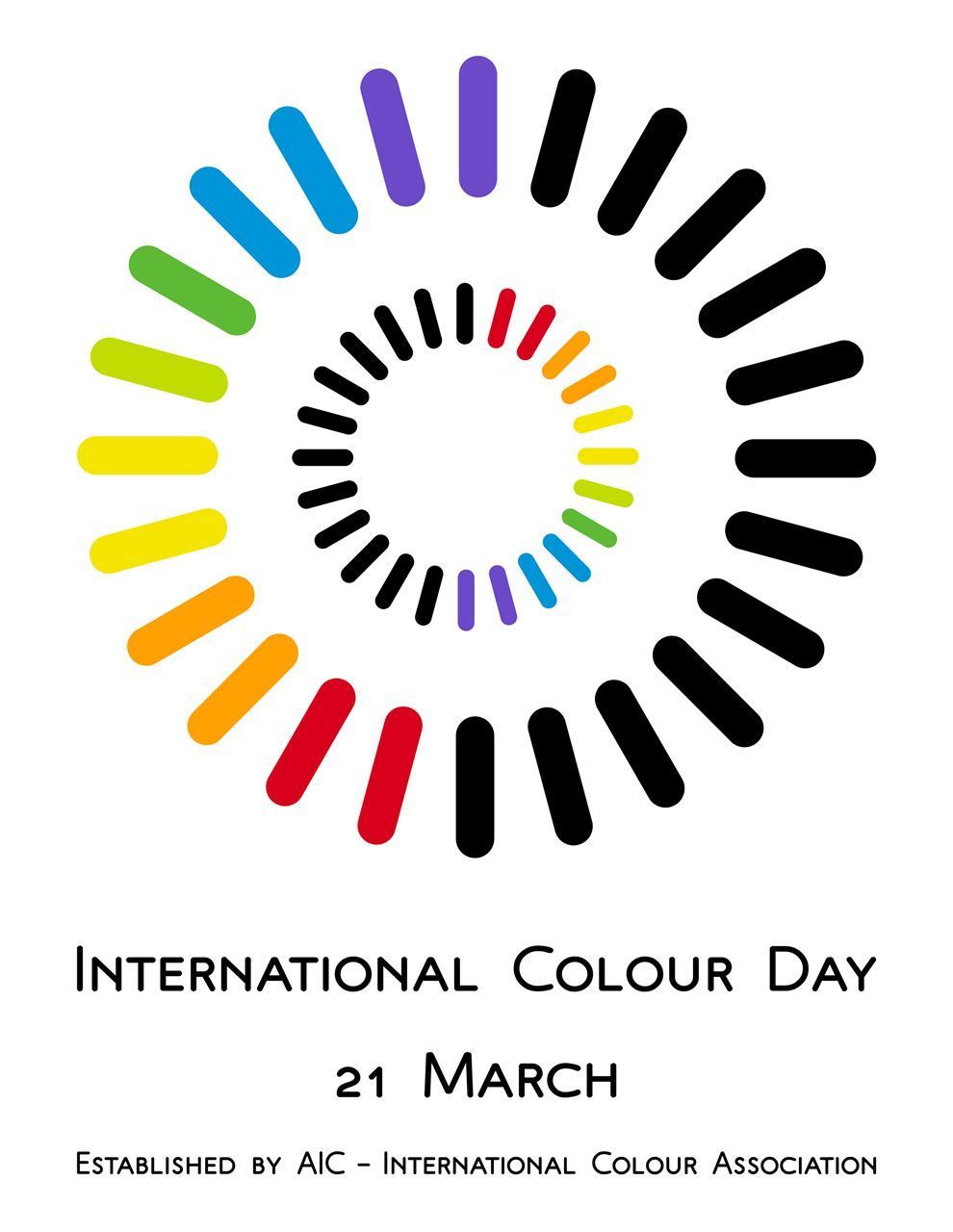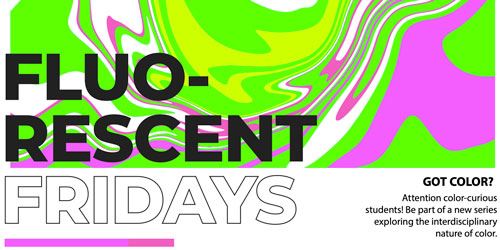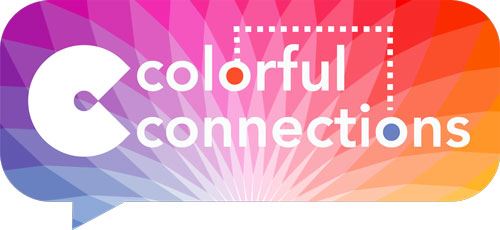EventsOur events center on educating our membership and the greater color community. |
International Color Day March 21
International Colour Day is an annual event celebrating colour. It is supported by the International Colour Association/AIC. Events are happening everywhere. ____________________________________________________ View Past Events |
Colour Literacy Forums are a part of the larger Colour Literacy Project is exploring new approaches to colour education as a multidisciplinary system of connections between science, art and design, industry, technology, and culture. Fluency with the language of color sharpens our visual intelligence, expands our perceptions, and enhances our ability to communicate. 21st century color literacy is not just for scientists and artists — it is for everyone. |
Fluorescent Fridays are one-hour virtual events serving as a platform for university students from all disciplines to network with color professionals and fellow students, and to explore cutting-edge information about color’s role in our lives and applications in the world. |
Colorful Connections is an opportunity to gather informally with other members of ISCC for a little socializing, networking and learning from each other. Discussions are wide-ranging and depend on attendees, their current interests and past experience. Consider this the online version of coffee breaks and happy hours at a color conference. BYO coffee or beverage and join in the conversation! Note that this is Members Only event. Not a member, no problem - Join here! |
 Our Annual meeting brings the entire membership together, either virtually or in person. The topics vary, but they are always designed to address the broad spectrum of interests present in our membership. Our next Color Impact will be June 16-18, 2025 in Rochester NY. Color As Communication. In June 2023, we held Color Impact 2023 in Rochester NY. |
Our Cutting Edge Color lecture series provides an opportunity for a deeper dive into all matter of subjects related to color. Many of these are recorded, and recordings are made available to the membership. | For a list of past events, visit the complete events listing. |
Our quarterly 45-minute lecture series is a deeper dive into a range of topics related to color. The public is invited to register FREE for live events, and members have access to recordings. BOLD: Color from Test Tube to TextilePresented by Dr Elisabeth Berry Drago, Director of Visitor Engagement at the Science History Institute. Recorded last January 23, 2024. | We are sharing this webinar to non-members for free. Visit this link to the webinar BOLD: Color from Test Tube to Textile and enter your name and email address. |
Join the Color Council today!Join your peers and colleagues in the principal professional society in color in the United States. |
Subscribe to our mailing listSubscribe to our mailing list to receive information about our upcoming events. |








